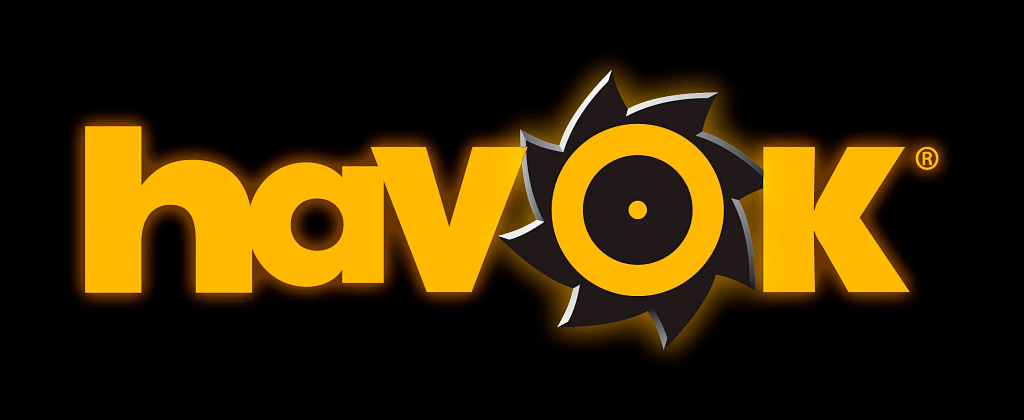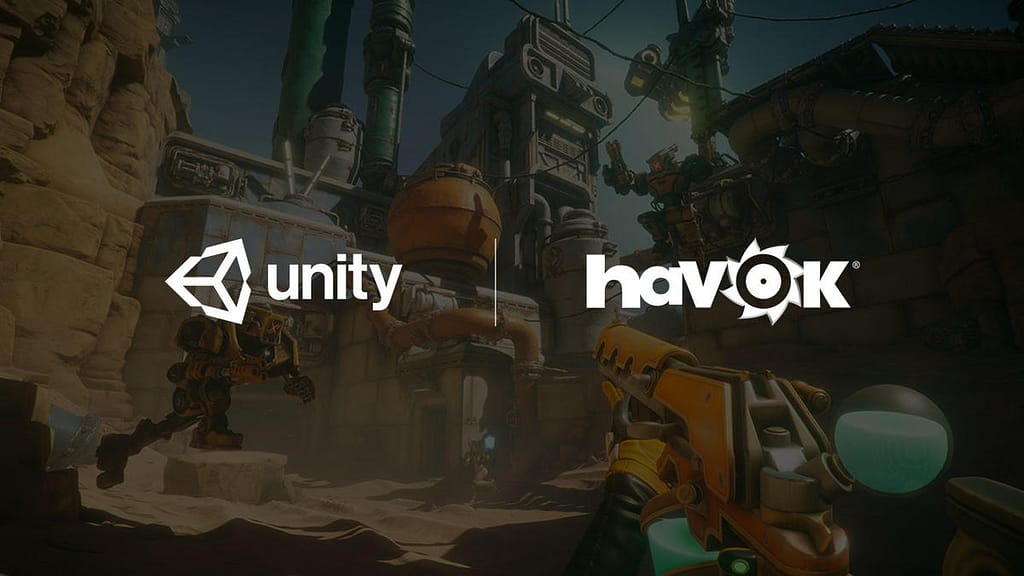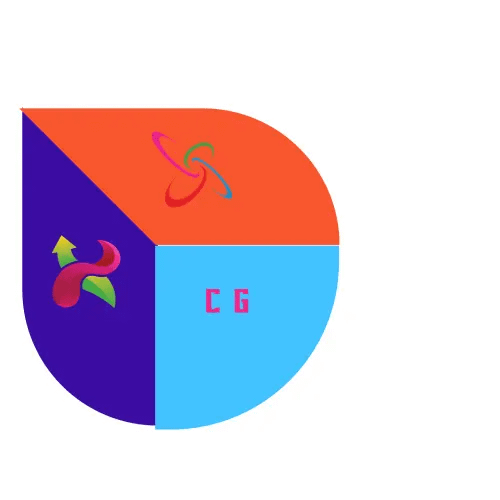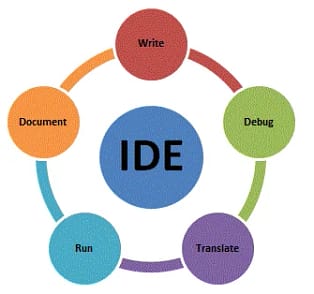Introduction to the Havok Engine
Welcome to the dynamic world of gaming engines, where innovation and creativity collide to bring virtual worlds to life! In this blog post, we delve into the realm of the Havok Engine – a powerhouse in the realm of game development.
Get ready to uncover its evolution, features, comparisons with other engines, industry applications, and valuable tips for mastering its potential.
Whether you’re a seasoned developer or an aspiring creator, join us on this thrilling journey through the intricacies of the Havok Engine in 2024!
History and Evolution of the Havok Engine
The Havok Engine has a rich history that dates back to its inception in 2000. Originally developed by Irish company Havok, the engine quickly gained recognition for its advanced physics simulation capabilities.
Over the years, the Havok Engine has evolved significantly, adapting to meet the changing demands of the gaming industry.
With each new version released, improvements and enhancements have been made to ensure smoother gameplay experiences and more realistic physics interactions.
One of the key milestones in its evolution was when Intel acquired Havok in 2007, bringing additional resources and expertise to further develop and enhance the engine’s capabilities.
This acquisition helped solidify Havok as one of the leading physics engines in the gaming world.
Today, with continuous updates and innovations, the Havok Engine continues to be a preferred choice for game developers looking to incorporate realistic physics simulations into their projects.
Its evolution showcases a commitment to pushing boundaries and delivering cutting-edge technology for immersive gaming experiences.

Features and Capabilities of the Havok Engine
The Havok Engine is renowned for its impressive features and capabilities that make it a top choice for game developers worldwide. One of the standout features of the Havok Engine is its robust physics simulation, allowing for realistic interactions between objects in games. This feature adds depth and immersion to gameplay experiences.
Additionally, the Havok Engine offers advanced character animation tools, enabling developers to create lifelike movements and behaviors for in-game characters.
This level of detail enhances storytelling and player engagement. Furthermore, the engine’s AI capabilities empower developers to build intelligent NPCs that can adapt to varying situations dynamically.

Moreover, the Havok Engine provides seamless integration with popular game development platforms, streamlining the workflow for developers. Its optimization tools help maximize performance across different platforms without compromising on quality or visual fidelity.
These features and capabilities make the Havok Engine a powerful tool for creating immersive gaming experiences like never before.
How it Compares to Other Game Engines
When it comes to game engines, the Havok Engine stands out for its robust physics simulation capabilities.
Unlike some other engines that focus more on graphics rendering, Havok excels in providing realistic interactions between objects and characters within a virtual environment.
Compared to Unity Engine, which is known for its user-friendly interface and versatile asset store, Havok offers more advanced physics simulations and collision detection features. This makes it a preferred choice for developers looking to create games with intricate physics-based gameplay mechanics.
While Unreal Engine is renowned for its stunning visual effects and cinematic tools, Havok’s strength lies in its precise physics calculations and seamless integration with popular development platforms like Unreal Engine itself.
Developers can leverage the best of both worlds by combining the graphical prowess of Unreal Engine with the physics accuracy of the Havok Engine.
The choice between game engines depends on the specific requirements of each project. For those seeking unparalleled realism in their game environments, the Havok Engine proves to be a formidable contender among other leading game engines available today.
Havok Engine vs Unity Engine
When it comes to game development, choosing the right engine is crucial. The Havok Engine and Unity Engine are among the top choices in the industry.
Both engines have their strengths and weaknesses that cater to different needs. Beore comapering if you don’t know much about the Unity then click here to first know more.
The Havok Engine is known for its robust physics simulation capabilities, making it ideal for games that require realistic interactions and movements. On the other hand, Unity Engine offers a more user-friendly interface and a wider range of tools for creating visually stunning graphics.
While both engines have thriving communities and extensive documentation available, Unity has a slight edge when it comes to beginner-friendliness.
It’s easier to learn compared to the Havok Engine, which may have a steeper learning curve for newcomers.
The choice between Havok Engine vs Unity Engine depends on your project requirements and personal preferences as a developer. Both engines have proven track records in delivering successful game titles across different genres.
Industries that Use the Havok Engine
The Havok Engine has made a significant impact across various industries, revolutionizing the way virtual environments are created and simulated.
One of the primary sectors that extensively utilizes the Havok Engine is the gaming industry. From AAA game titles to indie developers, the engine’s physics simulation capabilities have set a new standard for immersive gameplay experiences.
Beyond gaming, this Engine also plays a crucial role in industries such as automotive design and manufacturing.
Companies use this powerful tool to simulate vehicle crashes, test safety mechanisms, and optimize performance under different conditions. This not only saves time and resources but also enhances overall product quality.

Moreover, the entertainment industry relies on the Havok Engine for creating stunning visual effects in movies and TV shows. Its real-time physics simulations bring scenes to life with unparalleled realism.
Additionally, sectors like architecture and engineering benefit from using this engine for simulating structural integrity and dynamics of buildings.
The versatility of the Havok Engine continues to attract diverse industries seeking cutting-edge solutions for their simulation needs.
Getting Started with the Havok Engine
So, you’ve decided to dive into the world of game development with the Havok Engine – great choice! Getting started with this powerful tool may seem daunting at first, but fear not, we’re here to guide you through the process.
The first step is to download and install the Havok SDK from their official website. Make sure to carefully follow the installation instructions provided to ensure a smooth setup. Once installed, familiarize yourself with the engine’s interface and features by exploring tutorials and documentation available online.
Next, start experimenting with creating simple projects to get a feel for how things work. Don’t be afraid to make mistakes – learning through trial and error is an essential part of mastering any game engine.
As you gain confidence, gradually increase the complexity of your projects and challenge yourself creatively.
Remember that practice makes perfect; don’t rush through learning all aspects of the engine at once. Take your time to understand each feature thoroughly before moving on to more advanced techniques
. And most importantly, have fun along the way as you unleash your creativity using the Havok Engine!
Tips and Tricks for Maximizing Performance
When working with the Havok optimizing performance is crucial for creating a seamless and immersive gaming experience.
One key tip is to utilize LOD (Level of Detail) techniques to reduce the complexity of objects in the distance, helping maintain smooth frame rates without sacrificing visual quality.
Additionally, batching draw calls can improve efficiency by combining multiple objects into a single render call.
Another effective strategy is to implement culling mechanisms such as frustum culling to only render objects within the camera’s view, preventing unnecessary rendering of off-screen elements.
Utilizing object pooling can also minimize memory allocation overhead by reusing existing objects instead of constantly instantiating and destroying them.
Furthermore, consider implementing occlusion culling to avoid rendering obscured objects behind others. Profiling your game regularly using built-in tools or third-party software can help identify performance bottlenecks and optimize accordingly.
By employing these tips and tricks, you can maximize performance when developing games with the Havok Engine.
FAQS
Have some burning questions about the Havok Engine? We’ve got you covered!
Q: Can I use the Havok Engine for free?
A: Yes, Havok offers a variety of licensing options, including a free version for non-commercial use.
Q: Is the Havok Engine difficult to learn?
A: While it may have a learning curve, there are plenty of resources available to help you get started, such as tutorials and documentation.
Q: What platforms does the Havok Engine support?
A: The engine is versatile, supporting multiple platforms like PC, consoles, and mobile devices.
Q: Is the Havok Engine suitable for indie developers?
A: Absolutely! The engine’s flexibility and robust features make it a great choice for indie game development projects.
Got more questions? Feel free to delve deeper into the world of the Havok Engine!
Conclusion
In a rapidly evolving gaming industry, the Havok stands out as a powerful and versatile tool for developers looking to create immersive and realistic gaming experiences.
With its rich history, impressive features, and widespread adoption across various industries, the Havok continues to be a top choice for game development.
As technology advances and new challenges arise, the Havok Engine remains at the forefront of innovation, constantly evolving to meet the needs of developers worldwide.
Whether you’re a seasoned professional or just starting out in game development, exploring what the Havok Engine has to offer can open up endless possibilities for creating engaging and visually stunning games.
So why wait? Dive into the world of game development with the Havok Engine and unleash your creativity like never before.
The journey may have its challenges, but with dedication, passion, and a solid understanding of this powerful engine’s capabilities, you’ll be well on your way to crafting memorable gaming experiences that captivate audiences around the globe. Happy gaming!



